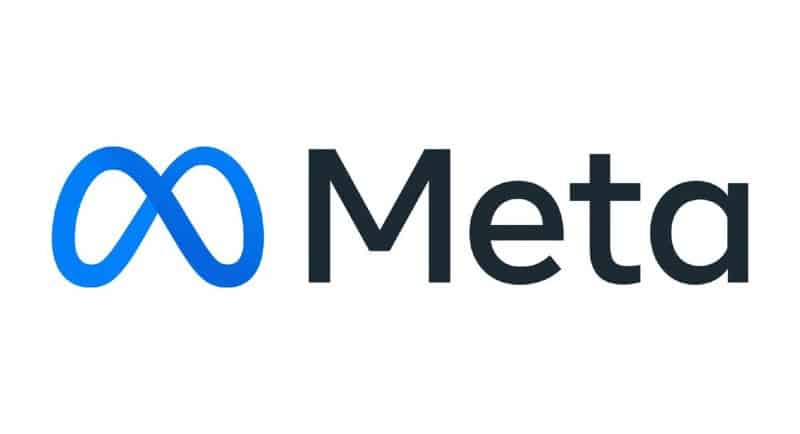By Rory Clayton, client partner financial services and travel at Meta
If there’s one thing I’m sure we can all relate to, being exposed to the same ad too many times can be a singularly frustrating experience.
Menulog famously fell foul of this overexposure problem during the 2022 State of Origin Game One, when its ads with Katy Perry were shown every few minutes and soon had armchair fans hot under the collar.
While the average person may just chalk this down to advertisers being exceedingly persistent, we know this is actually a symptom of creative fatigue – the point at which your ad is no longer effective due to being shown too much. To Menulog’s credit, they saw the backlash and created some fantastic ads for the subsequent games which won fans back again.
Unfortunately for online ads it’s easier to reach this stage than you may think, and businesses have a lot to lose if they continue to push fatigued assets. Research has proven that 56% of sales lift can be attributed to creative1. That’s over half your sales revenue that may be lost if your creative assets aren’t working well. It’s also a tantalising glimpse into the fact that if you improve your creative, you stand to increase your sales revenue significantly.
In a climate where marketing budgets are frequently under attack, identifying these areas for optimisation is crucial. There is a clear link between better creative driving real revenue outcomes, and that is something every business is prioritising. But it is also cost effective because, simply put, reducing your creative fatigue shouldn’t be a monumental task.
In fact, most brands and agencies can effectively tackle their creative fatigue with a few simple changes, and by utilising a number of new tools on the market.
How much is too much?
Creative fatigue is far from a clear cut issue – but there are a few things we now know as fact.
Many marketers may be operating under the assumption that there are a number of times a consumer has to view an ad in order to achieve maximum, or desired, performance. But in an expansive research project from Meta, we discovered that after four exposures, a person’s likelihood to purchase dropped to roughly 60%2. This is a clear benchmark against which marketers can begin to assume that the fatigue of their audience is affecting the impact of the ad.
As a first step, consider the channels your consumers are often frequenting. Fatigue is more likely to happen online, as this is where most consumers spend their time, rather than more traditional advertising platforms. With a strong and diverse media mix, your campaign has a better chance of battling through the initial levels of creative fatigue.
It’s also entirely possible that an ad can be both highly fatigued and high performing. We’ve all had that serendipitous moment where we see an ad for something we didn’t know we needed – for me that was bamboo sheets. Then we see the ad again, and again and ultimately make the purchase. In this instance, it is completely understandable for a business to continue to deliver this ad, whilst keeping a closer eye on consumer conversions to ensure these don’t begin to drop. If budget is an issue, pausing lower performing ads may be a solution.
There is an art and science to creative fatigue, and it can differ ad to ad, campaign to campaign, brand to brand. What works one time may work differently the next – and testing and learning will be essential in any piece of work.
There are also certain tools that businesses can now lean on in order to take the grunt work out of detecting fatigue levels. Meta has a number of ad formats in its suite that can automatically detect when an asset may be getting fatigued, and warns the marketer that it may be time to switch things up. Technologies like this leverage the power of AI and machine learning to keep an eye on campaigns when marketing brainpower may be better spent elsewhere.
All of this is to say that frequency is simply the first step of understanding your brand’s creative fatigue – to better balance frequency and fatigue, marketers will need to think dynamically.

Deliver differentiation with a purpose
At this stage in this piece, you may be feeling some dread. Getting a campaign live is enough work as it is – to then consider that it may have a short expiration date adds another layer to what is already a complex piece of work.
Fortunately, overcoming creative fatigue can be done by any business, no matter how big or small their budget.
First and foremost, advertisers do not need to create a whole suite of new assets once the first set is fatigued, but rather will need to refresh them. Research has shown that refreshing creative can drive an 18% improvement in CPAs3. This approach means that you don’t need to develop more creative, but rather reuse what you have more creatively and dynamically, and reach different groups of people.
An ad refresh means it will need to be sufficiently differentiated from the previous set. As a rule of thumb, always include the rational, price-focused creative as a baseline. But consider using different designs, copy, formats, or targeting consumers with different motivations. Leveraging these changes will also mean that your ads may be served more effectively online, due to being treated more favourably by algorithms.
As a guide, think of it as three key levers to consider when it comes to refreshing ad creative. First, consider the visual techniques at play – are there any new brand elements or graphic devices you can use to reimagine your existing creative? Secondly, examine the consumer motivations of your audience and use that to develop more targeted and focused ad creative. Thirdly, look into utilising different ad formats, such as short-form video, carousels, and so on.
This mix of changes can keep your creative fresh and dynamic, targeting new groups of people, and drawing your audience in over a longer period of time.
AI can also be a useful tool when refreshing ad creative – if you need to deliver more assets than before, lean on this technology to do the hard work and let your team finesse the ideas to take them over the finish line.
Creative fatigue is something every advertiser must contend with, but it can also drive new levels of inventiveness from your team. Once we accept that fatigue is an unfortunate step in any campaign, we can better prepare ourselves, and keep climbing to reach new levels of success.
Sources:
• Five Keys to Advertising Effectiveness: Quantifying the Impact of Advertising on Sales. By NCSolutions, Aug 2017.
• Analysis conducted on purchase-optimised campaigns (147,610 accounts, 232 countries, 1/31/2021-2/2/2021).
• Analysis conducted on purchase-optimised campaigns (147,610 accounts, 232 countries, 1/31/2021-2/2/2021).
